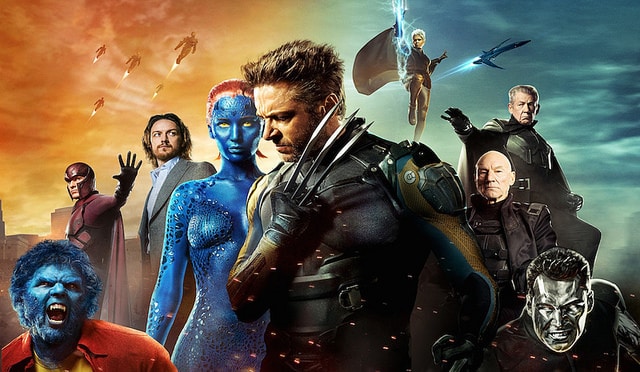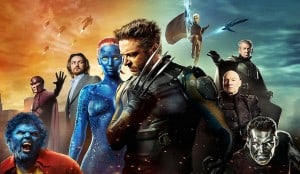“Days of Future Past,” the new X-Men movie, took one of the most beloved stories from the history of the fabled comic series and has turned it into a very impressive motion picture. The film tackles one of the most common, yet least approachable, comic book tropes – time travel and alternate dimensions. You know what I mean: those times where scenes shift forward and backward in time, where history becomes malleable, where the same characters act differently based on where in the time-space continuum they find themselves. Think of it as “Back to the Future” on steroids. Done well, it can be crazy fun. Done poorly, well….
The good news is that “Days of Future Past” did it right.
The list of beloved X-Men stories is full of alternate reality stories, not only “Days of Future Past” but also the so-called “Age of Apocalypse” and “House of M.” Admittedly, disrupting the time-space continuum can be disorienting, so to keep us from getting lost The Onion A.V. Club put together a fantastically fascinating set of infographics to explain the many alternate histories of the X-Men. Likewise, since the X-Men are not alone in their penchant for exploring numerous versions of reality, Marvel Comics keeps a pretty impressive catalog of alternative realities or “multiverses.”
Why bother, though? Why create fictional worlds and parallel fictional dimensions? Why add all this complexity when it can be a barrier to expanding the audience or end up with a confused and convoluted plot?
Because fiction is a preeminent way to explore our world. Engaging with a “fake world” of fiction, we can explore ways of engaging with the real world, here and now. Philosophers, theologians, novelists, politicians, maybe even a scientist or two , all use fiction as an outlet to imagine the world not as it is, but as it could be. Alternate versions of fictional worlds allow us to take that imagination to the next step, to see old characters in a new light.
Any number of Jesuits will tell you that St. Ignatius believed that imagination is crucial for prayer, essential in our relationship with God. Even outside the divine realm, though, imagination allows us to explore what it means to be human, to live in our world, and to think about our choices and their consequences. It allows us to ask “What makes this character this way?” or “What is essential about this person?” – and to ask similar questions about ourselves. Or, as The Onion A.V. Club’s Derrick Sanskrit writes:
By and large, these universes are just an excuse to have some fun reimagining the course of events in the X-men’s world—and to explore how the characters might get along (or not) if their lives played out differently. Sometimes, though, the alternate timelines provide engaging stories that are worth exploring deeply, regardless of their place in a grander continuity.
Stories worth exploring deeply – these are the great examples of imagination, and they are, ultimately the great examples of deeply human stories.



